Unplanned pregnancy can bring emotional, financial, and social challenges. The good news is that today, individuals have more contraceptive choices than ever before. However, understanding which method suits your lifestyle, body, and goals can feel overwhelming. This detailed guide breaks down the types of contraceptive methods, factors to consider, and how to confidently make the right decision.
Whether you are choosing birth control for the first time, switching methods, or recovering from an unplanned pregnancy scare, informed decisions matter. The goal is to help you use contraceptive choices effectively and safely.
Why Choosing the Right Contraceptive Method Matters
Every woman’s body, medical history, and fertility goals are different. The right contraceptive method should:
> Prevent pregnancy effectively
> Be safe for your health
> Align with your lifestyle
> Offer long-term or short-term protection based on your needs
> Be affordable and accessible
By knowing your contraceptive choices, you can avoid trial-and-error and reduce the risk of unplanned pregnancy.
Types of Contraceptive Choices
There are five broad categories of contraceptive methods. Understanding how they work can help you select what suits you best.
1. Barrier Methods
These methods block sperm from entering the uterus.
Common options:
> Male condoms
> Female condoms
> Diaphragms
> Cervical caps
> Spermicides
Pros:
> Hormone-free
> Easily available
> Protects against sexually transmitted infections (STIs)
> Suitable for emergency use
Cons:
> Must be used correctly every time
> Higher failure rate than long-term methods
Barrier protection can be an excellent starting point among contraceptive choices, especially for new couples or those not ready for hormonal alternatives.
2. Hormonal Methods
These methods work by regulating ovulation and thickening cervical mucus.
Options include:
> Birth control pills
> Contraceptive patches
> Vaginal rings
> Injectable contraception
Pros:
> Over 90% effective with correct use
> Helps regulate menstrual cycles
> May improve acne and reduce cramps
Cons:
> Requires consistency (especially pills)
> May cause mood swings, nausea, or weight changes
> Not suitable for smokers over 35 or women with blood clot risk
Hormonal contraceptive choices are ideal for women seeking reliable, medium-term pregnancy prevention with additional menstrual benefits.
3. Long-Acting Reversible Contraceptives (LARCs)
These are among the most effective contraceptive choices for women not planning pregnancy for several years.
Options:
> Copper IUD (up to 10 years)
> Hormonal IUD (3–7 years)
> Contraceptive implants (3–5 years)
Pros:
> 99% effective
> No daily effort needed
> Fertility returns quickly after removal
Cons:
> Requires insertion by a gynecologist
> Possible spotting or cramping initially
If you’ve experienced unplanned pregnancy and want foolproof protection, LARCs are worth strongly considering.
4. Permanent Contraception
Ideal for individuals certain they don’t want future pregnancies.
Options:
> Tubal ligation (females)
> Vasectomy (males)
Pros:
> Over 99% effective
> One-time procedure
> No ongoing maintenance
Cons:
> Irreversible or very hard to reverse
> Requires medical intervention
Among all contraceptive choices, permanent methods are suitable only for those completely confident about ending fertility.
5. Emergency Contraception
Used after unprotected intercourse or contraceptive failure.
Forms include:
> Emergency contraceptive pills (ECPs)
> Copper IUD (within 5 days)
Pros:
> Fast and effective backup
> Easily accessible in pharmacies
Cons:
> Not meant for regular use
> Effectiveness decreases with time delay
Emergency contraception should complement your main contraceptive choices, not replace them.

Factors to Consider When Selecting Contraceptive Choices
Choosing the right method is personal. Here are the key points to evaluate:
1. Your Health Condition
Discuss with a doctor if you have:
> Diabetes
> Hypertension
> Migraines with aura
> PCOS
> Thyroid disorders
> History of blood clots
Some hormonal contraceptive choices may not be suitable in these situations.
2. Future Pregnancy Plans
Are you planning a baby soon, later, or never?
> Short-term methods: Condoms, pills, patches
> Medium-term methods: IUDs, implants
> Permanent options: Tubectomy or vasectomy
Understanding your goals helps narrow down your contraceptive choices.
3. Lifestyle & Schedule
> If you travel often or forget medication, daily pills may be inconvenient.
> If you prefer low-maintenance contraception, IUDs or implants are better.
4. Cost & Accessibility
Different contraceptive choices vary in cost:
> Condoms & pills: Inexpensive and OTC
> Implants & IUDs: One-time higher cost but long-term value
> Sterilization: Costly but permanent
Choose what fits your budget and access to healthcare.
5. Side Effects & Comfort Level
Discuss concerns like:
> Weight gain
> Irregular bleeding
> Skin issues
> Mood changes
Your comfort and tolerance matter when evaluating contraceptive choices.
When Should You See a Doctor?
Consult a gynecologist if:
> You’re starting contraception for the first time
> You have a history of unplanned pregnancy
> You switched methods and feel side effects
> You have health conditions that limit hormonal use
> You want long-term or permanent contraception
A doctor can help compare contraceptive choices based on your medical profile and life goals.
Myths vs Facts About Contraceptive Choices
Myth | Fact |
Contraceptives cause permanent infertility | Fertility returns after stopping most methods |
Condoms alone are 100% reliable | They are 85–98% effective with typical use |
IUDs can move around the body | They stay inside the uterus when inserted correctly |
You need a break from pills | No medical need for contraception “holidays” |
Understanding the truth helps you use contraceptive choices effectively and avoid stress.
How to Make the Final Decision
Here’s a step-by-step approach to choosing the right contraceptive method:
1. Assess your medical history
2. Define your pregnancy timeline
3. Consider convenience and comfort
4. Compare effectiveness rates
5. Talk to your partner (if applicable)
6. Consult a gynecologist
7. Monitor your body’s response after starting
With the right guidance, your contraceptive choices can offer long-term peace of mind.
Final Thoughts
Unplanned pregnancy is often preventable with awareness and consistent use of contraception. Instead of choosing based on hearsay, rely on verified information and expert advice. Whether you prefer short-term, long-term, or hormone-free options, there are effective contraceptive choices to suit every need.
Investing time in selecting the right method gives you control over your body, health, and future.
If you need personalized guidance, speak to a healthcare provider to explore your safest and most suitable contraceptive choices.

